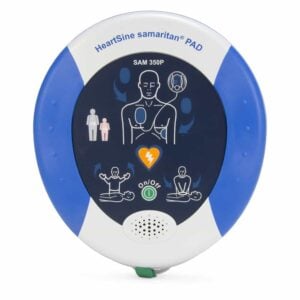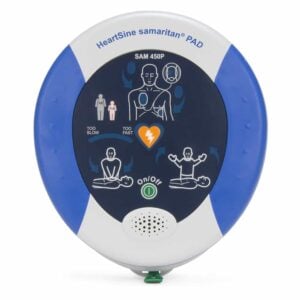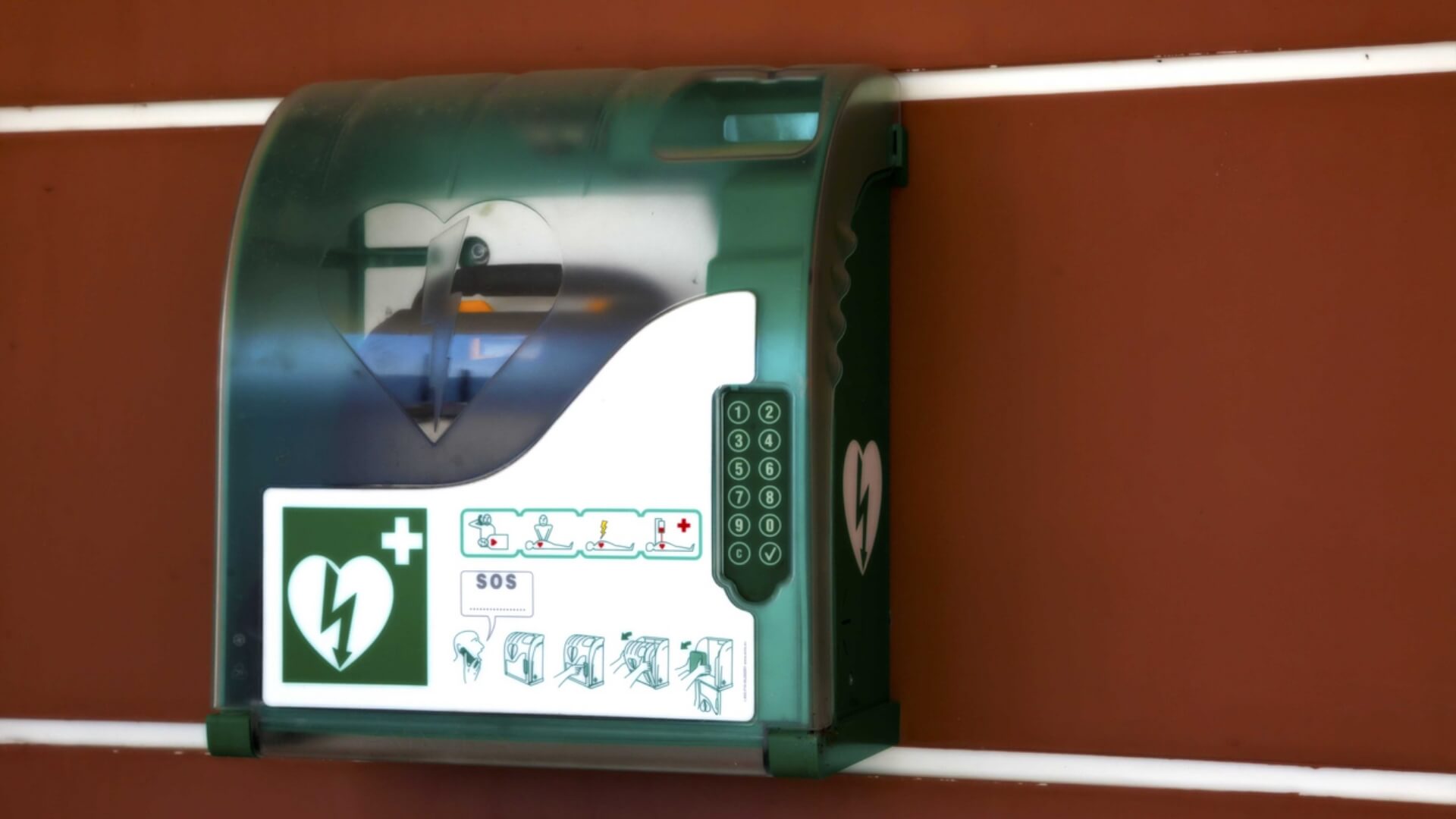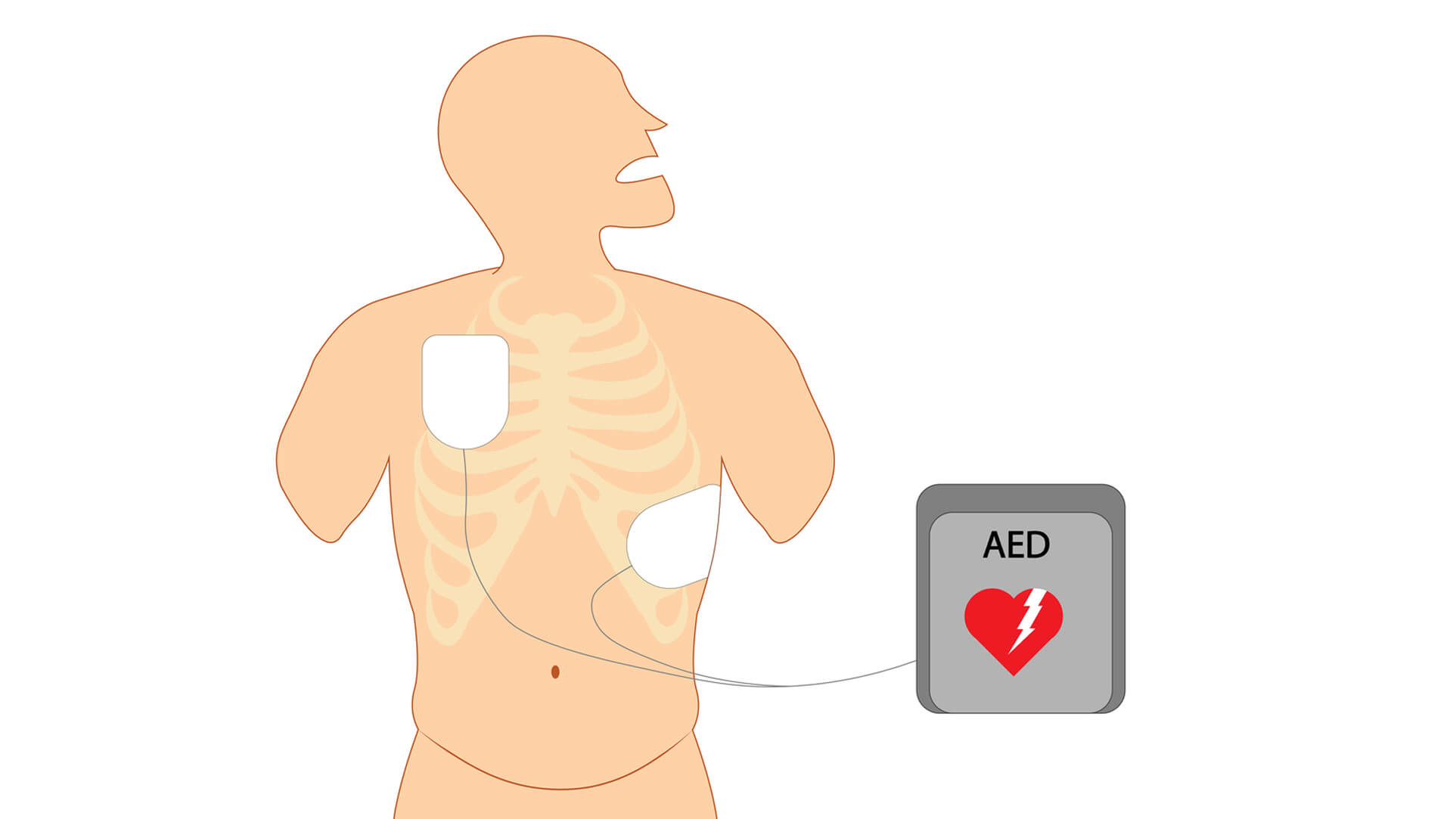-
 Written By
Prabakar Mahalingam
Written By
Prabakar Mahalingam
- Published
AED for a Hockey Rink: A Complete Guide to Safety, Quick Response
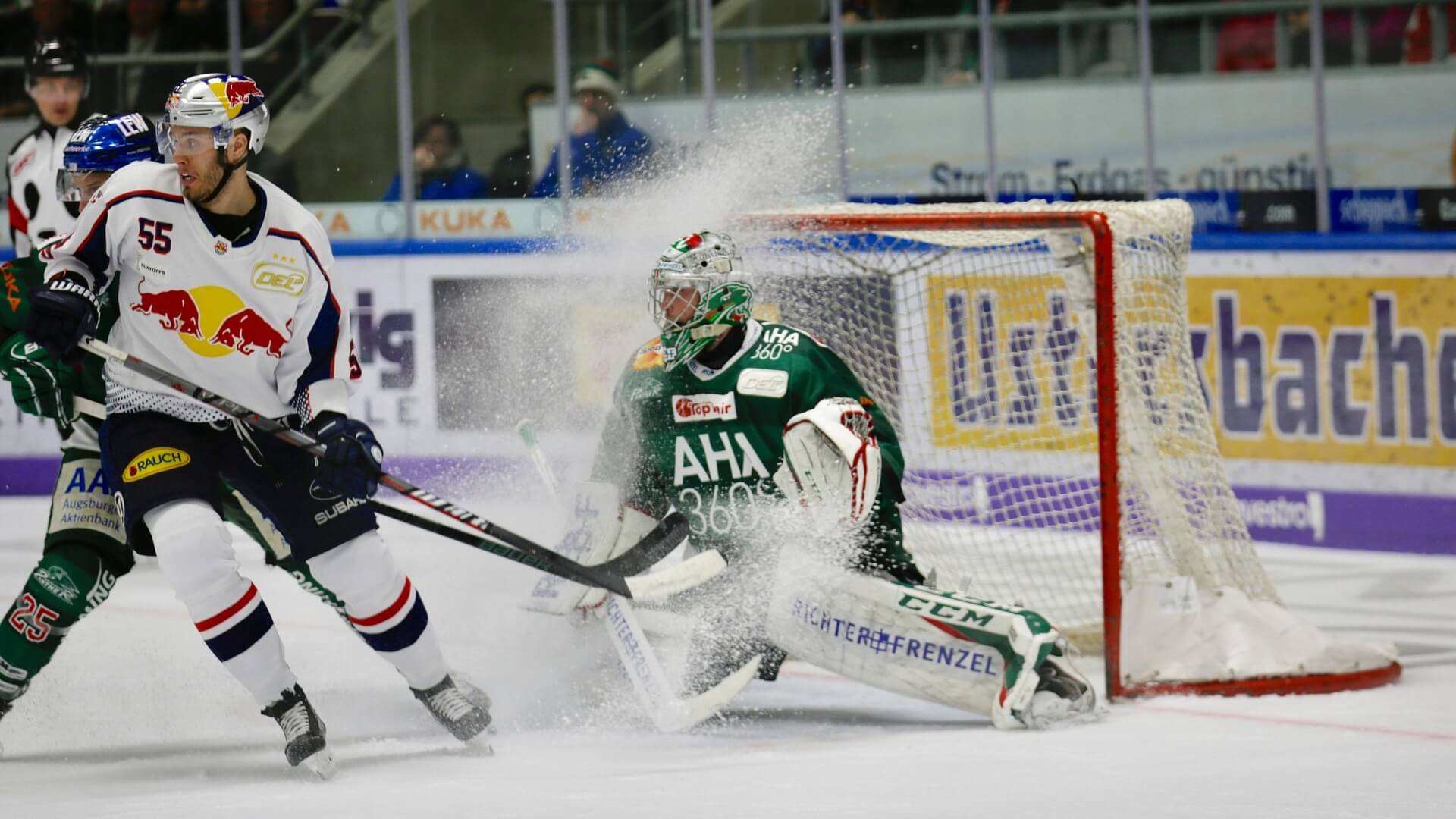
A hockey rink is a high-risk place for sudden cardiac emergencies. So, having a reliable AED is essential, not optional. The sport’s fast pace and intensity can put players and spectators at risk. Having a device on-site helps ensure a quick response when every second counts. Choosing the right AED can feel daunting. But if you know the key features, you can pick a device that ensures safety and peace of mind.
Why every hockey rink needs an AED
Cardiac arrest takes hundreds of thousands of lives in the U.S. annually. Most cases happen outside of hospitals. Young athletes can experience sudden cardiac incidents during play, unlike older adults. Every sports venue, especially hockey rinks, must be prepared with life-saving measures.
Features to look for in an AED for a hockey rink.
Selecting an AED for a hockey rink requires attention to the unique conditions of the arena. The cold, busy rink needs a device that is tough and easy to use, especially in stressful times. Not all defibrillators are designed for rink conditions. So, it’s important to choose one that fits these challenges. This ensures a quick and effective response in an emergency.
Shock Resistance
Sudden cardiac arrest needs quick action. This is crucial in high-risk areas like ice rinks. Responders must act fast on slippery surfaces. That’s why having a rugged AED built to withstand drops and harsh conditions is essential. Pick a model with military-grade certification like MIL-STD 810F or 810G. This keeps the device reliable when you need it most.
Water Resistance
In an ice rink, an AED can touch water if it falls. So, water resistance is very important. Choose a device with a certified Ingress Protection (IP) rating for reliable emergency performance. This rating helps keep out moisture and debris.
Temperature Resistance
Ice rinks stay cold and dry, which makes it hard on medical equipment. An AED needs to work well in the cold. This ensures it functions properly when saving a life is critical.
Ease of Use
In a cardiac emergency, help might come from someone with no medical training. So, the AED needs to be easy to use and clear. A device with clear voice instructions and a simple design helps anyone do CPR and use a defibrillator quickly when needed.
Child Friendliness
Since hockey rinks serve both children and adults, it’s essential to have an AED that can treat all age groups. A model with pediatric options or child-friendly pads provides safe and effective care for everyone on the ice.
So, What’s the Best AED for a Hockey Rink?
The HeartSine Samaritan PAD 350P is a reliable choice for hockey rinks. It withstands tough conditions and resists both impact and moisture. It has a simple two-button design. Clear voice guidance helps you use it quickly in emergencies. Its range of 32°F to 122°F ensures reliability in rinks. Optional pediatric pads offer extra protection for younger athletes.
The HeartSine Samaritan PAD 450P boosts safety. It provides real-time CPR guidance. It also gives quick feedback on compression rate and depth. It comes with a 10-year warranty. This ensures lasting reliability and peace of mind for rink emergencies.
Your hockey rink AED might save a life.
Hockey rinks bring plenty of action, but they also carry real health risks. Being prepared means having an AED that works well in cold weather. It should also keep up with the game’s fast pace.
Proper equipment and knowing how to use it can change everything in a crisis. It builds confidence and helps prevent tragedy before it strikes.
FAQs
What is the best AED for a hockey rink?
The best AED for a hockey rink is durable and easy to use. It should also be water-resistant and reliable in cold temperatures. Models with pediatric settings are ideal for serving all age groups.
Why does a hockey rink need an AED?
Hockey is a high-intensity sport with a greater risk of sudden cardiac arrest. An AED on-site helps players, coaches, and fans get quick, life-saving care. Every second matters.
Can an AED work in cold temperatures at an ice rink?
Yes. Many AEDs can work in extreme conditions, like cold and low humidity. Always check the device’s operating temperature range before purchasing.
Do AEDs have settings for children in hockey rinks?
Some models include pediatric pads or settings that make them safe for younger users. This ensures effective treatment for both kids and adults.
How easy is it to use an AED during a game?
Modern AEDs have simple designs and clear voice prompts. This makes them easy to use, even for those without medical training.
Conclusion
A reliable AED at your hockey rink goes beyond safety standards. It’s about saving lives when every second counts. Pick a device that’s sturdy in the cold, simple to use under tough conditions, and good for all. This way, players, coaches, and fans stay safe. Preparation today can make the difference between tragedy and survival tomorrow.
